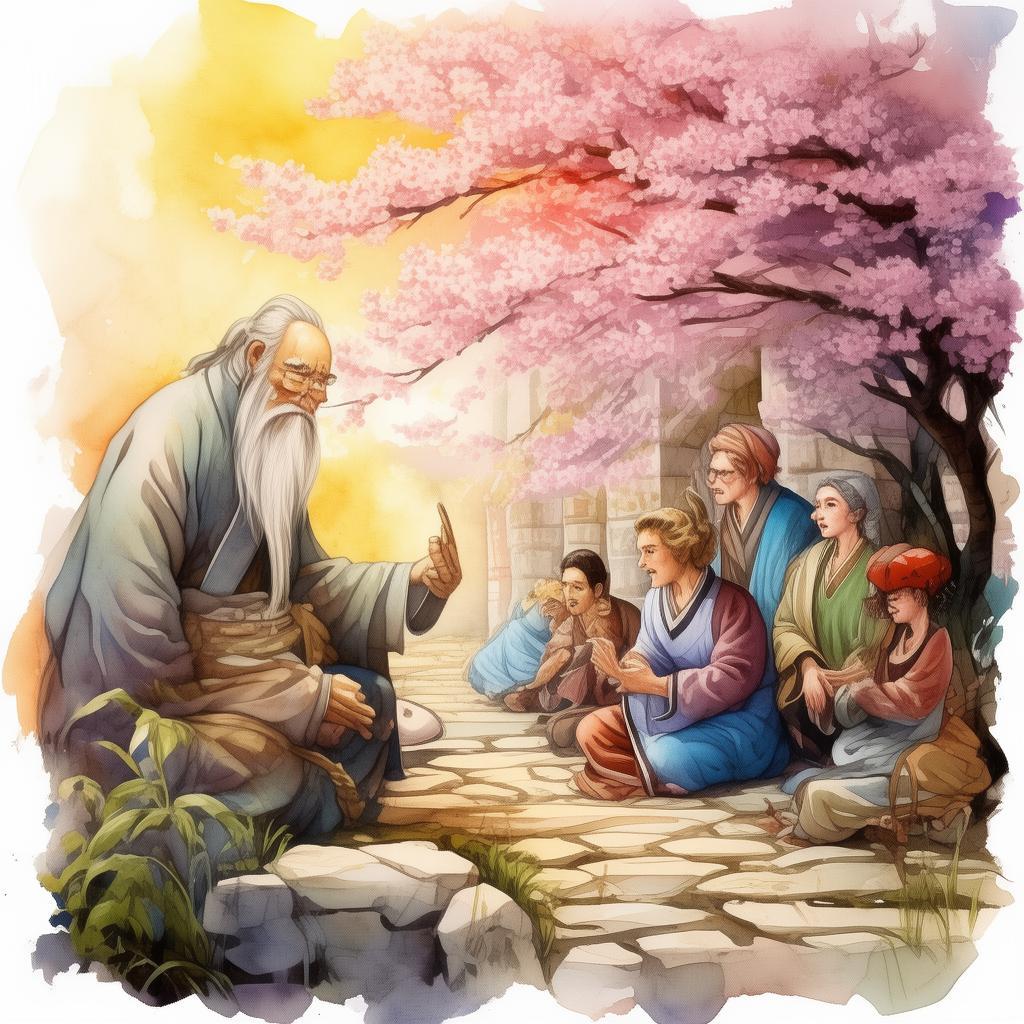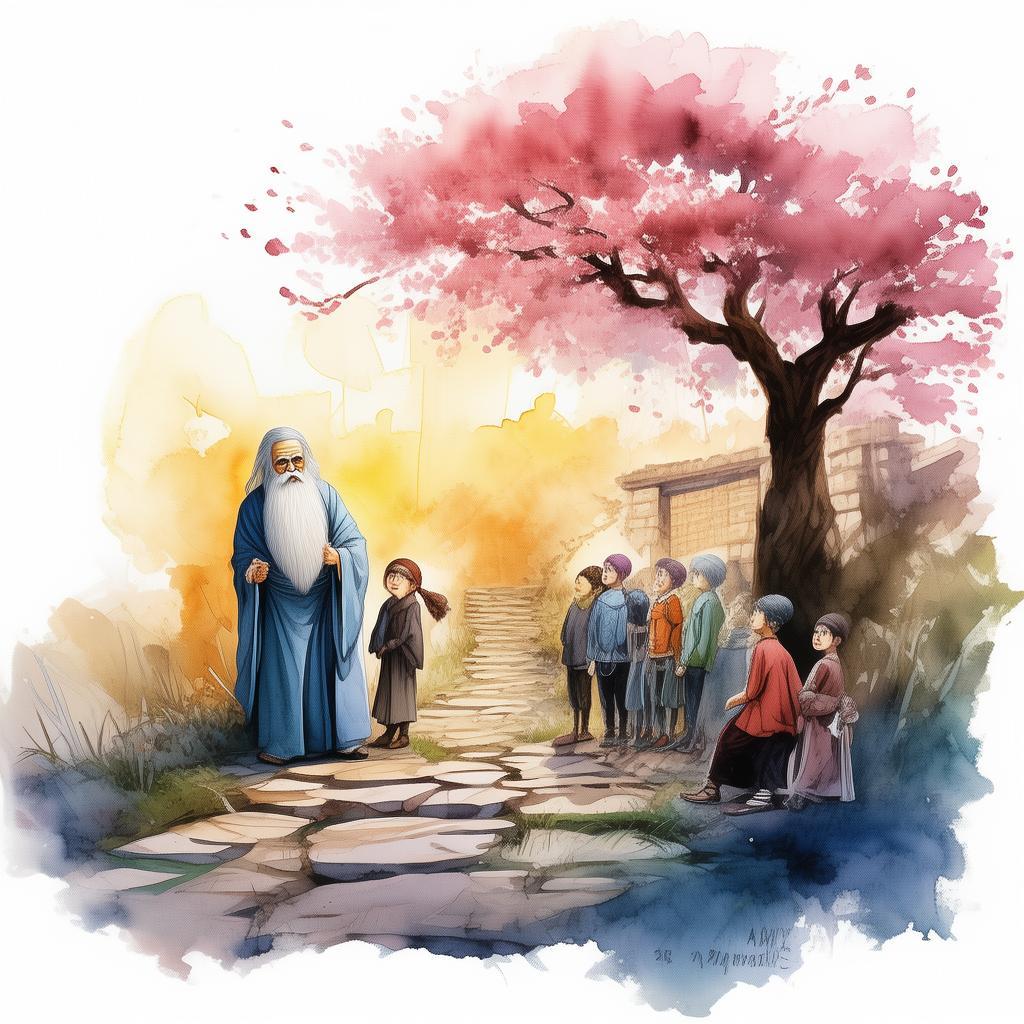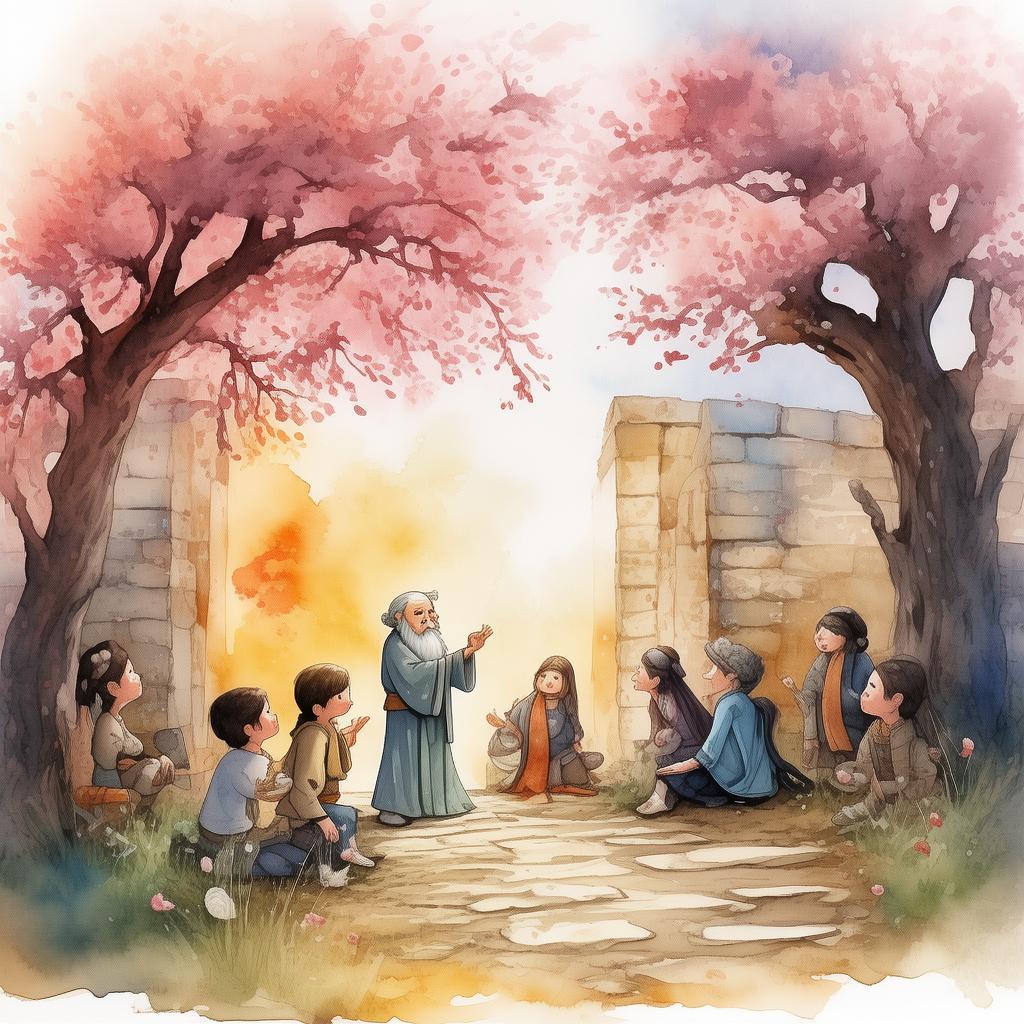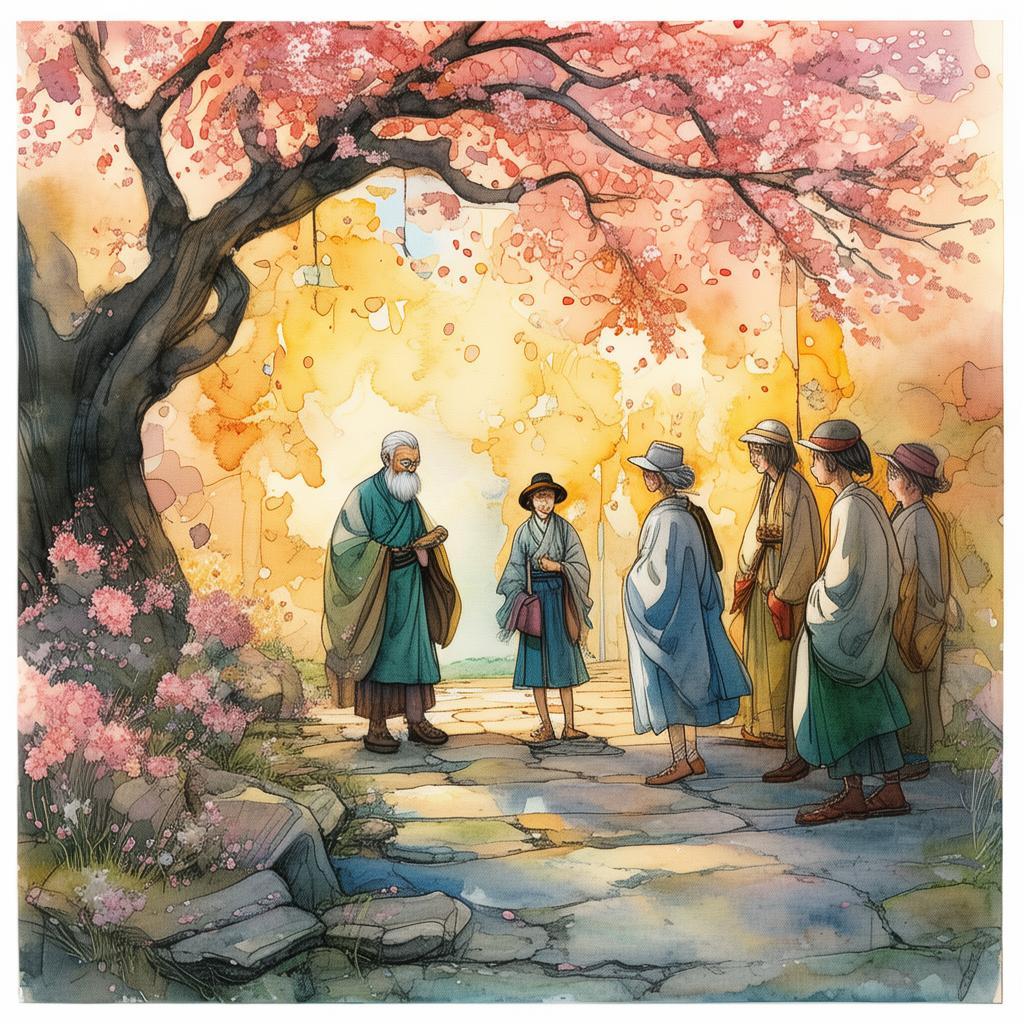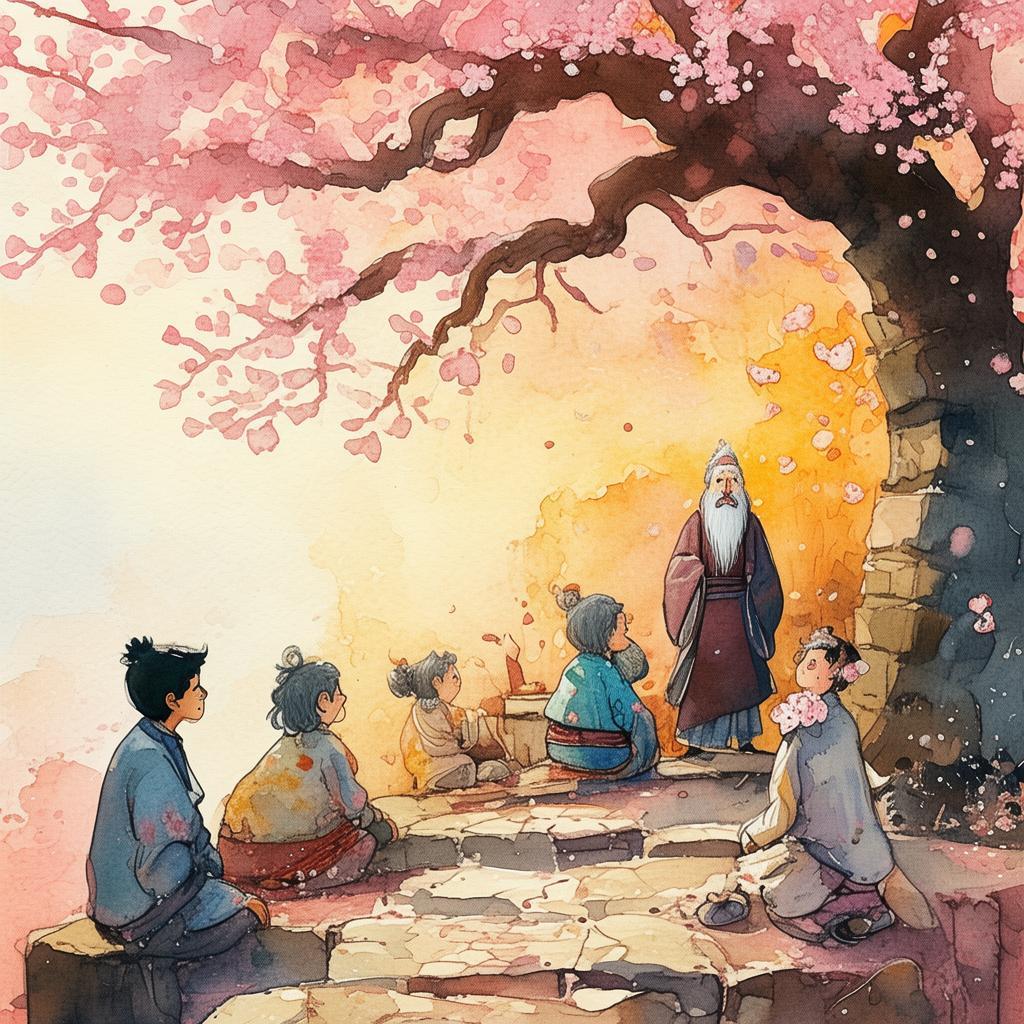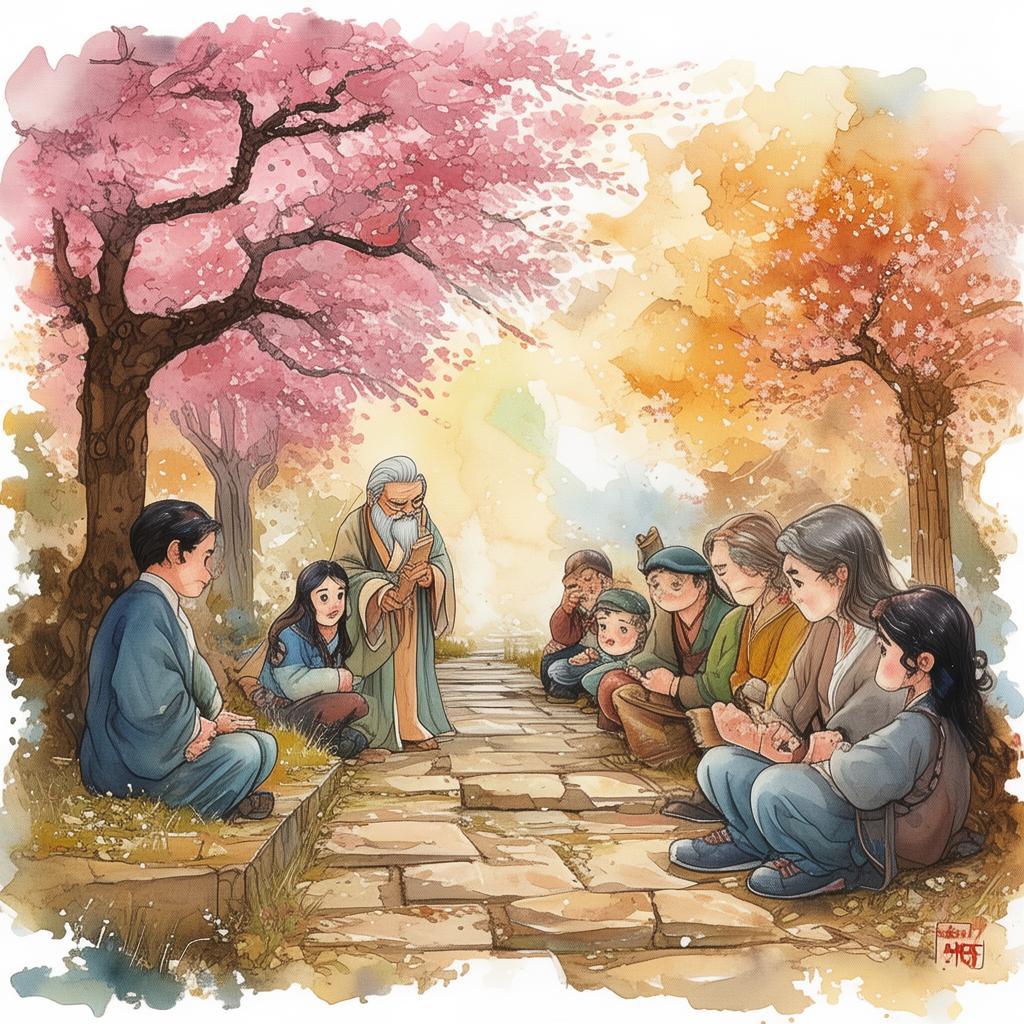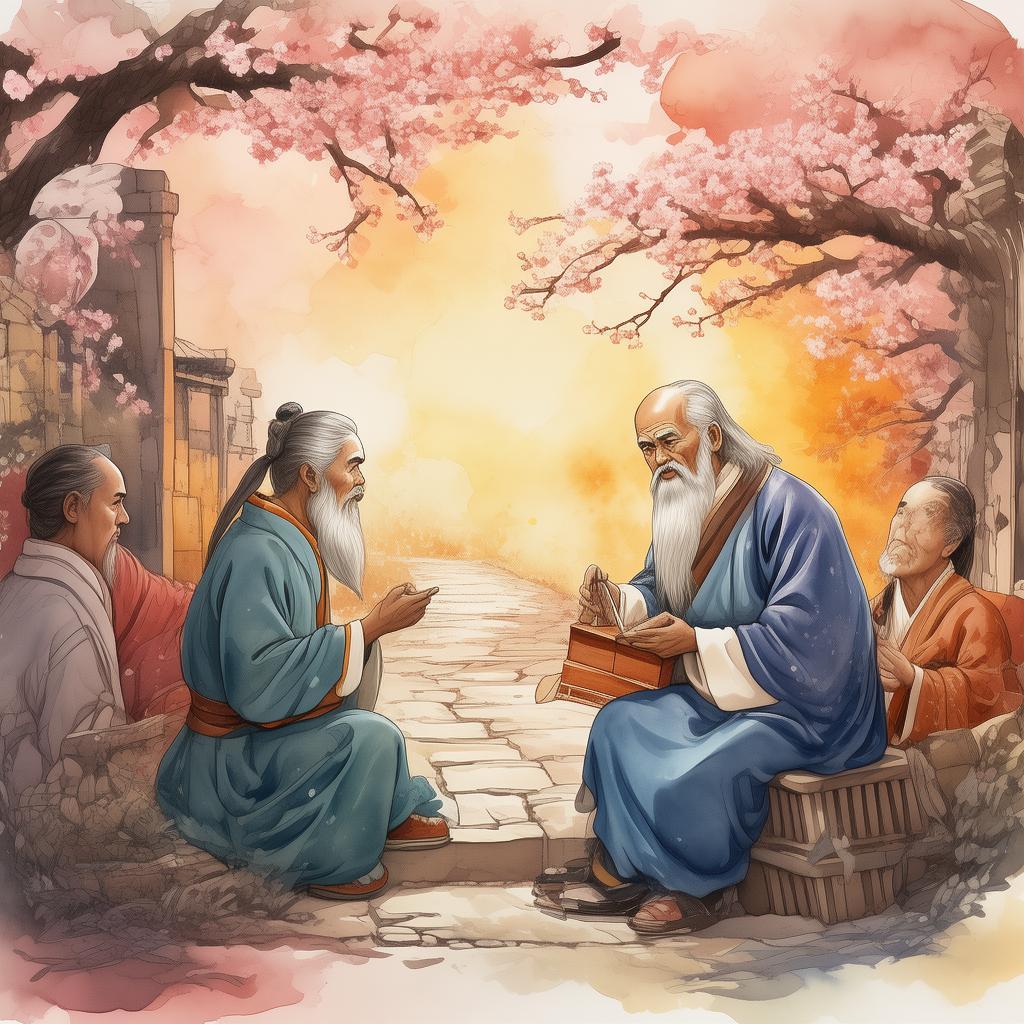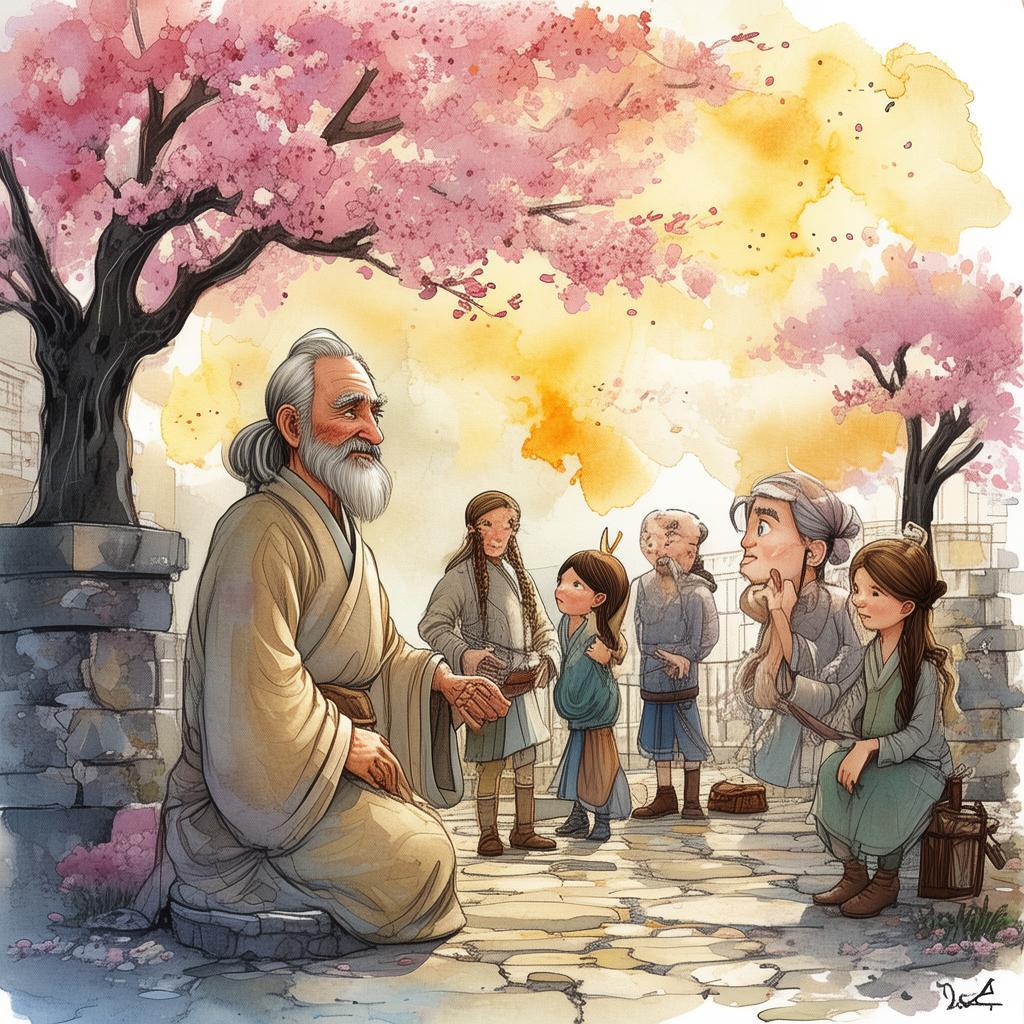Quantum Leap of Faith: A Tale of Paradox and Unity
In the heart of a bustling metropolis, where skyscrapers kissed the clouds and the hum of the city never ceased, there lived a brilliant young scientist named Liang. Her name was whispered in hushed tones, for she had made groundbreaking advancements in quantum physics. Liang was on the cusp of a discovery that could change the world, a theory that would bridge the gap between the quantum world and the macroscopic reality we all knew.
The Quantum Quagmire, as her theory was called, was a labyrinth of paradoxes and possibilities. It proposed that the universe was not just a collection of particles but a vast tapestry woven with the threads of our own consciousness. Liang's theory was not just a scientific endeavor; it was a quest for understanding the very essence of existence.
One evening, as Liang sat in her lab, the hum of the city outside was replaced by the soft whir of her computer. She was deep in thought, poring over equations that seemed to defy logic. Suddenly, her computer screen flickered, and a message appeared, "A paradox detected. Unity theory requires reevaluation."
Liang's heart raced. She had encountered paradoxes before, but this one was different. It suggested that her theory, which she had believed to be the key to understanding the universe, was fundamentally flawed. She knew she had to confront it head-on.
The next day, Liang visited her mentor, Professor Wang, a wise old man whose eyes had seen the depths of the quantum world. "Liang, the paradox you've encountered is a sign," Professor Wang said, his voice calm and measured. "It tells you that your theory, while brilliant, is incomplete. The universe is not just a sum of its parts; it is an entity that transcends our understanding."
Liang nodded, understanding that her journey had only just begun. She needed to embrace the paradox and not let it defeat her. "How do I proceed?" she asked.
Professor Wang smiled. "You must travel to the Far and Near Conflicts, a place where the fabric of reality is as malleable as the quantum field itself. There, you will find the answers you seek."

The Far and Near Conflicts were a series of paradoxes, each a reflection of a different aspect of the universe. Liang's first stop was the Conflict of Time, where the past, present, and future intertwined. She stood at the crossroads, witnessing her own death and her own birth in a timeless loop. Through this paradox, Liang realized that time was not a linear path but a web of interconnected moments.
Her next stop was the Conflict of Identity, where she saw herself as both a scientist and a stranger. She learned that identity was not fixed but a fluid concept shaped by the choices we make. Liang understood that her own identity was a construct, and to understand the universe, she had to embrace her contradictions.
The final conflict was the Conflict of Unity, where she saw the universe as a single entity, and yet each part was distinct and unique. Liang realized that the key to her theory lay in the balance between unity and diversity. The universe was both a whole and its individual parts.
As Liang returned to her lab, she felt a profound sense of unity with the universe. She understood that her theory was not just a scientific endeavor but a journey of self-discovery. She had learned that the universe was not just a place to be understood but a mirror reflecting our own humanity.
With renewed determination, Liang returned to her computer, ready to rewrite her theory. She typed the first line of her new equation, and the screen flickered with life. The Quantum Quagmire had taught her that the universe was a dance of paradoxes, a symphony of unity and diversity.
In the end, Liang's discovery was not just a breakthrough in science but a revelation of the interconnectedness of all things. She had learned that to understand the universe, one must embrace its paradoxes and celebrate its unity. And so, the Quantum Quagmire became a tale of far and near conflicts, a story of a scientist's journey into the heart of reality, and the realization that the universe, in all its complexity, is a reflection of our own souls.
✨ Original Statement ✨
All articles published on this website (including but not limited to text, images, videos, and other content) are original or authorized for reposting and are protected by relevant laws. Without the explicit written permission of this website, no individual or organization may copy, modify, repost, or use the content for commercial purposes.
If you need to quote or cooperate, please contact this site for authorization. We reserve the right to pursue legal responsibility for any unauthorized use.
Hereby declared.
